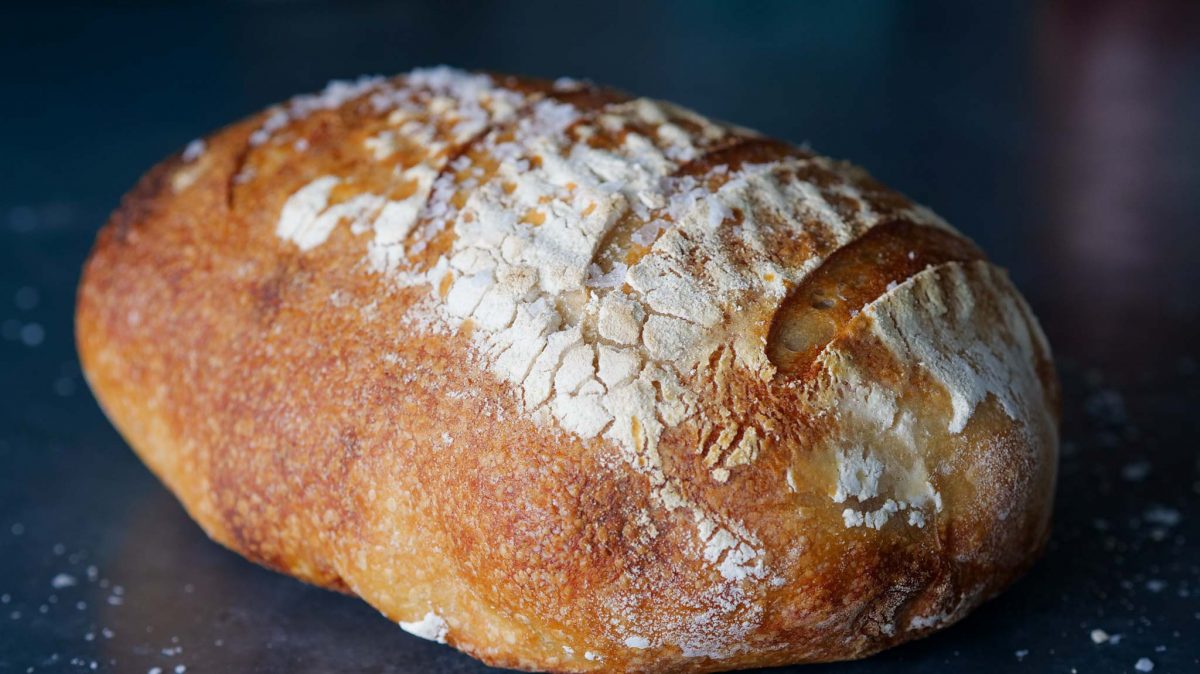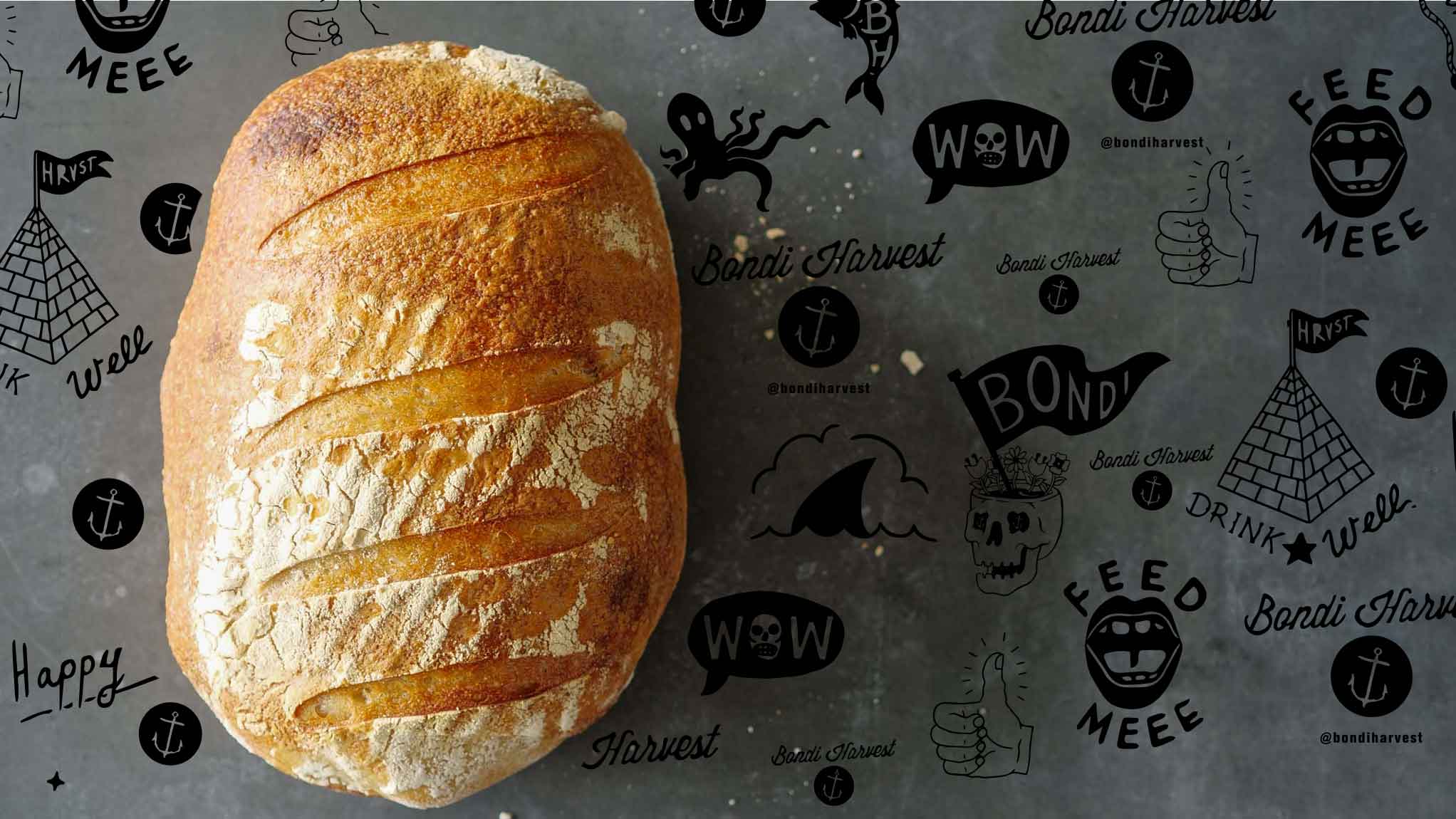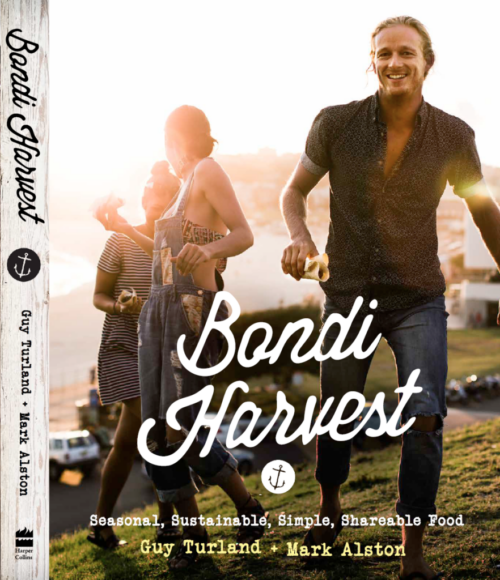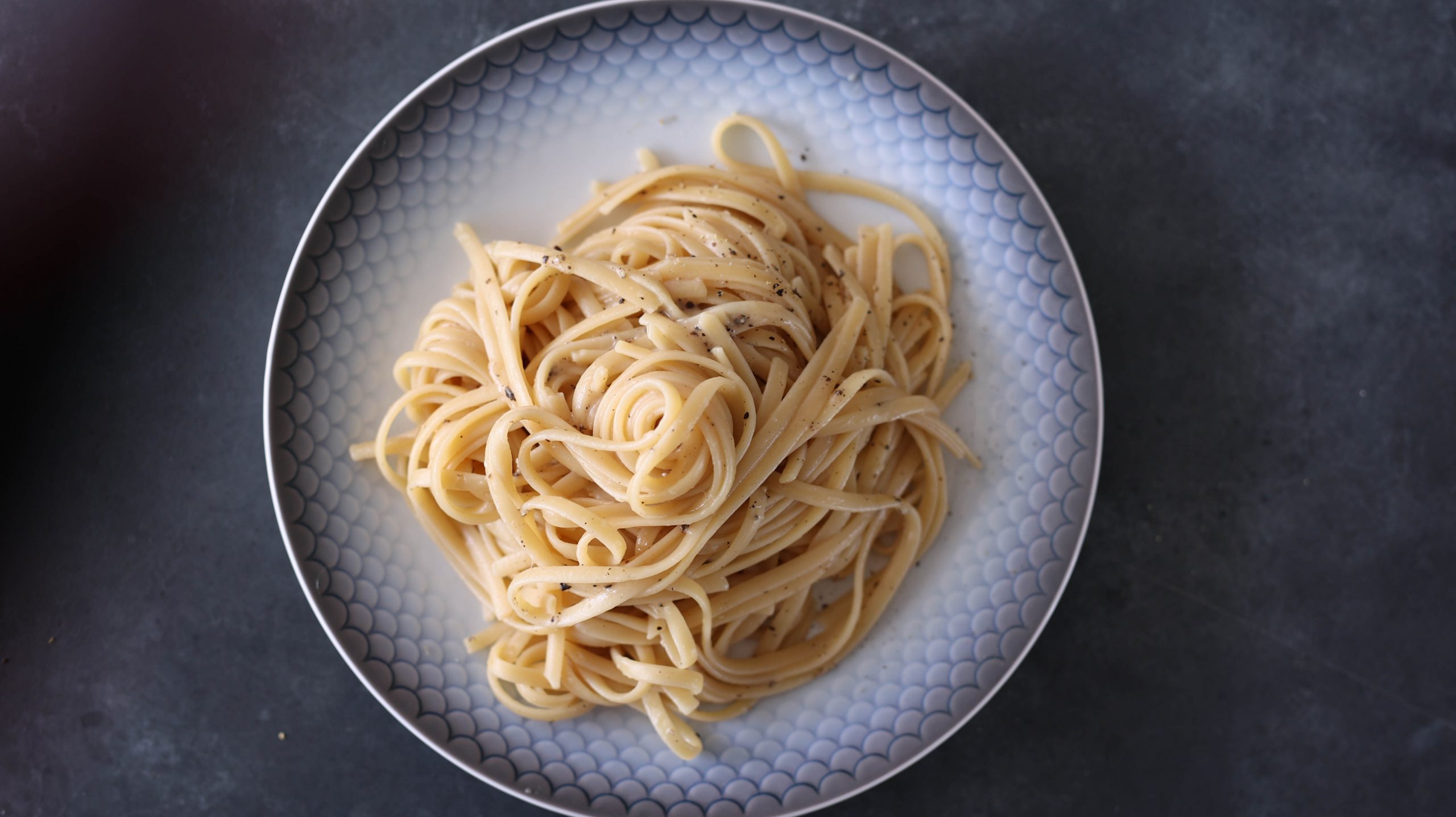How To Make Sourdough Bread Recipe
learn the tricks to a perfect sourdough
Bread is one of the oldest prepared foods, with evidence dating back to 30,000 years ago throughout Europe and Australia, where starch residue was found on rocks, it was thought that the natives were pounding plants such as ferns, to release a starch residue that was then spread on flat rocks and cooked over fire, creating a sort of flatbread. We have come a long way from there, the rise of wheat sent now one of the most common products in the world into production. sourdough, a leavened dough, from naturally occurring lactobacillus and yeast. Sourdough has a more sour flavour than bread made with bakers yeast because of lactic acid produced by the lactobacilli. More and more people, after relying on artesian bakers for their sourdough, are now creating this wonderful product in there own home, even just for a little fun. This process is time-consuming and sometimes temperamental, but if you study a little and have the time, you to can produce a wonderful sourdough of your own. For us, working with bread and dough is one of the most relaxing and satisfying things out there, from the mixing and kneading of the dough to shaping and baking, seeing your sourdough baby take form and rise to perfection, oh and the smell… it’s amazing. Before we get to the production of sourdough you will need some ‘sourdough starter’. Easily made in your home and only takes a couple of weeks, essentially you let fruit go overripe inside a mixture of flour and water, the enzymes of the rotting fruit take place and feed off the flour and water, the longer left, the sourer it gets. Taylor starts his sourdough Starter with a ripe peach, tucked up nicely in a muslin or cheesecloth, then put into the equal part flour and water mixture. You now have to ‘feed’ this daily. The process of feeding is very simple, you add equal quantities of water and flour into the mix daily, mixing and then leaving at room temperature to continue the ferment. After a few weeks, you should have a nice bubbly sour starter, you will know if it’s sour, the smell is quite strong, remove the fruit, and put some of the starter into a jar, you can discard or freeze the rest that is not being used. Now you are ready to go. You will need to continue to feed the starter that has no fruit, Taylor goes 50g flour 50g water in the morning, then 100g flour 100g water in the evening, the longer you do this, the better the starter will get, which means the better your bread will get! There are endless tips, tricks, and recipes for sourdough, some like it wetter which is harder to work with, but comes out as a more aerated dough, compared to the easy knead doughs coming out a little denser. This recipe is one we use frequently and always gives us a good product, the better at making bread you get the more technical you can get, playing around with different bread hydrations and cooking temperatures, but for now, we suggest you perfect this one. Don’t forget to speak nicely to your ferments, starters, and live cultures, they thrive off your positive energy working to give you a better result! Happy Breadmaking!
SERVES: 6-8
SHARE THIS RECIPE!

Ingredients
250g Flour (100%) of flour
170g water (70%) of flour
40g Sourdough starter 100% hydration (15%) of flour
4g Sea Salt
Instructions
Mix all ingredients on medium speed for 5 minutes, alternatively, kneed by hand until dough starts to pull away from the bench. Place dough in greased airtight container to prove.
stretch and fold dough every half hour for 2 hours
Bulk prove, 4 hours at room temperature or overnight in the fridge.
turnout and shape dough, tucking it tight, then final prove at room temp for 4 hours of until doubled in size.
Bake at 260 degrees Celsius for 25-30 minutes with lid on then 20 minutes with lid off until dark golden brown.
Equipment:
- 25cm pan with lid
- Chopping board
- bread knife
Bondi Harvest recipes use a conventional fan oven, measuring at Degrees Celsius °C.
Bondi Harvest recipe measurements use the Metric system.
Hey Food Lover!
Gain access to our new weekly recipes straight to your inbox and join our exclusive Food Lovers Facebook Group!




















